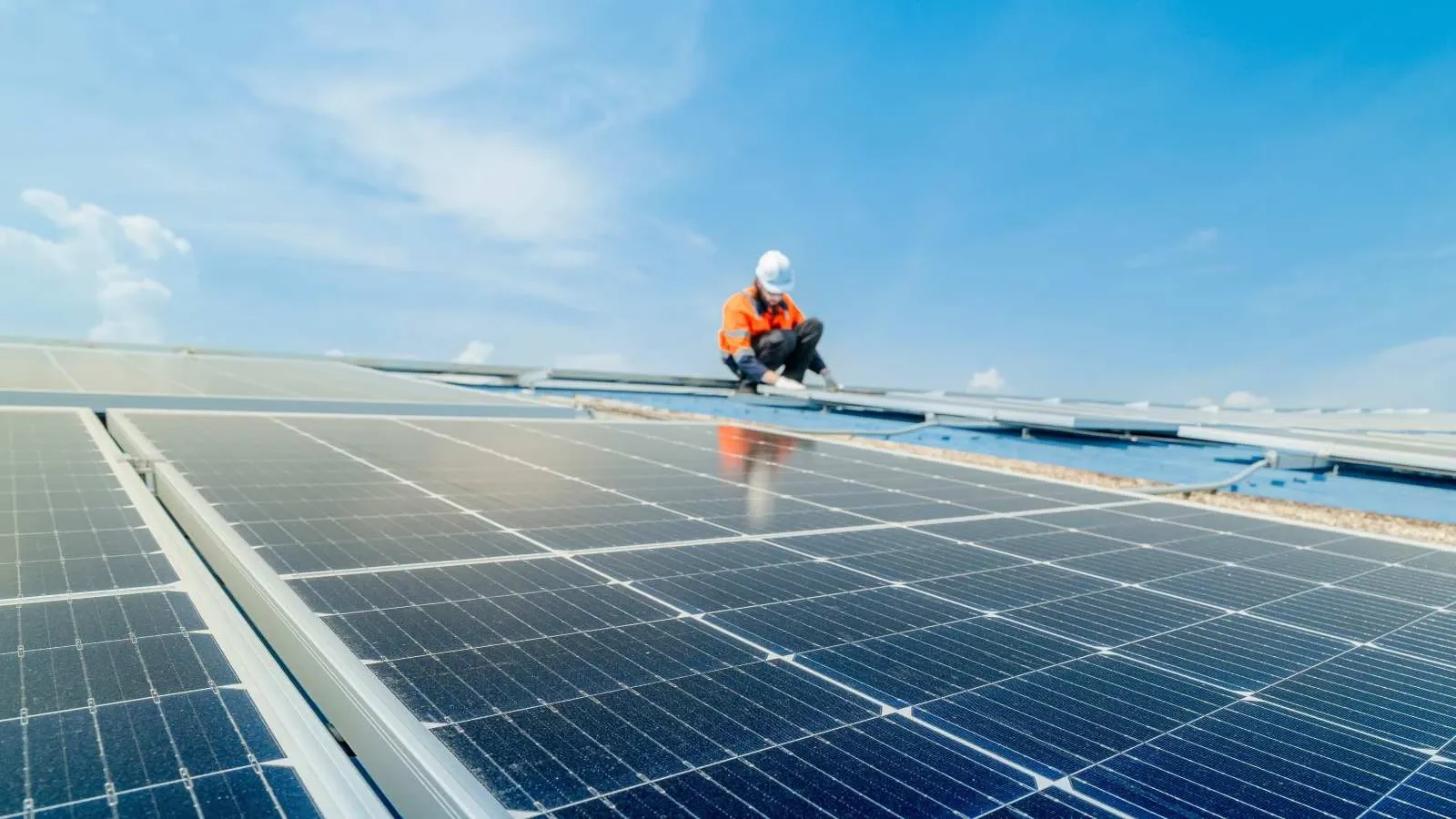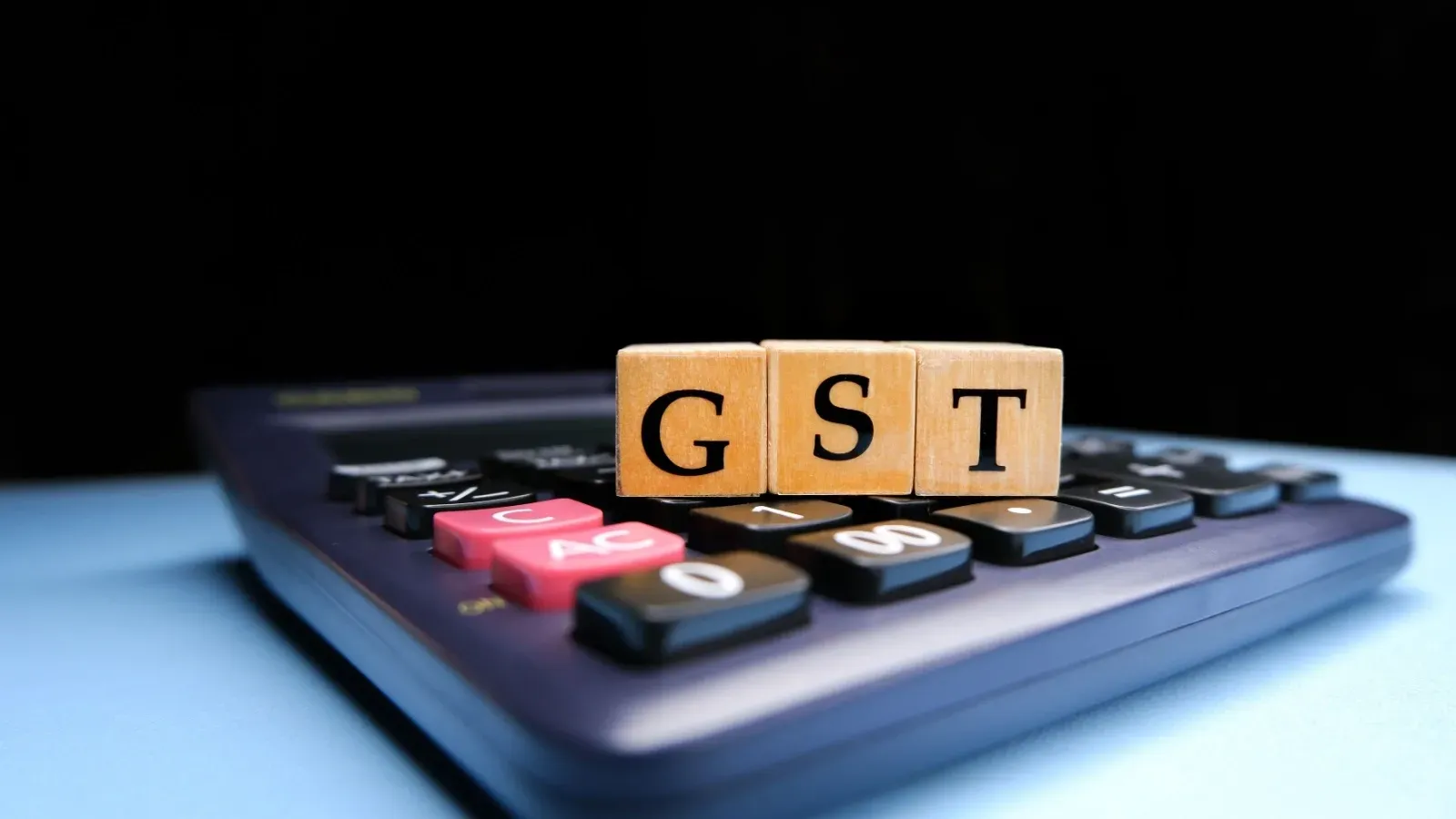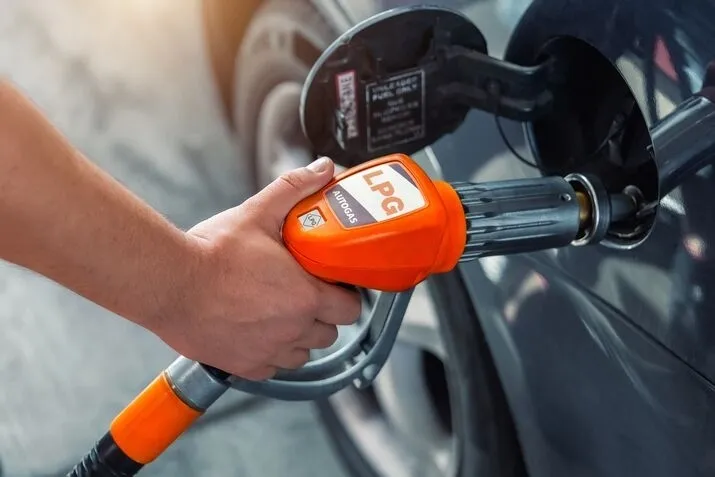Personal Finance News
What is the new GST rate on solar panels, solar cells and other commonly used solar devices?

3 min read | Updated on September 05, 2025, 18:08 IST
SUMMARY
The government acknowledges that reducing GST on solar items to 5% will deepen the inverted duty structure. However, for this, a refund mechanism already exists for the ITC accumulated due to IDS. The government is planning to introduce process reforms so that these refunds are received faster (important for cash flow).

The GST rate cut is aimed at making renewable energy more affordable and accessible.
Providing a huge relief to the renewable energy sector, the 56th GST Council approved a lower GST rate for solar items, including solar panels, solar cookers and other products used in solar manufacturing. The GST on solar items is now 5%, down from 12% earlier.
“The GST rate on renewable energy equipment/devices that were at 12% has been reduced to 5%,” the Finance Ministry said in a release on September 3.
The new rates will come into effect on September 22, 2025.
GST on solar items
| Item | Earlier GST Rate | Revised GST Rate |
|---|---|---|
| Solar cookers | 12% | 5% |
| Solar lantern / solar lamp | 12% | 5% |
| Solar power-based devices | 12% | 5% |
| Solar water heater and system | 12% | 5% |
| Solar panels | 12% | 5% |
| Photovoltaic (solar) cells | 12% | 5% |
| Solar power generator | 12% | 5% |
GST on other solar items, including solar power-based devices, wind mills, Wind Operated Electricity Generator (WOEG), waste to energy plants and ocean waves/tidal waves energy devices/plants, has also been reduced to 5% from 12%.
Further, GST on Fuel Cell Motor Vehicles, including hydrogen vehicles based on fuel cell technology, has also been cut to 5% from the earlier 12%.
Why the rate cut?
The GST rate cut is aimed at making renewable energy more affordable and accessible. Lowering the GST rate (to 5%) on solar panels, wind turbines and similar items reduces the upfront cost for consumers and investors. This aligns with the government's push for clean energy and climate goals.
Will this lead to an inverted duty structure?
Generally, taxes on raw materials (inputs) are lower than or equal to taxes on the final product. However, in an inverted duty structure, the tax on inputs is higher than the tax on the finished goods. An inverted duty structure can cause a mismatch where businesses pay more tax on inputs than they can collect on outputs.
When this inversion happens, companies/businesses accumulate input tax credit (ITC). In GST, when a business pays GST on its purchases (inputs), it can later claim credit for that tax while paying GST on its sales (outputs). This helps them avoid ‘tax on tax’.
The government acknowledges that reducing GST to 5% will deepen the inverted duty structure. However, for this, a refund mechanism already exists for the ITC accumulated due to IDS. The government is planning to introduce process reforms so that these refunds are received faster (important for cash flow).
“These goods already faced an inverted duty structure. While reducing the GST rate to 5% will deepen inversion, a mechanism for refund arising out of the inverted duty structure is available. In addition, process reforms will ensure expedited refunds. The objective is to promote renewable energy goods,” the Finance Ministry said.
GST rejig
The government has adopted a two-slab system of 5% and 18%. Earlier, there were four slabs: 5%, 12%, 18% and 28%. Moreover, a 40% slab has been introduced for luxury and sin items.
Most items in the 12% slab have been shifted to 5%, while many items in the 28% slab have moved to the 18% slab.
Several daily-use items like butter, ghee, shampoo and electronics like ACs and TVs will get cheaper as a result of GST rate changes, giving a major breather to the middle class.
Related News
By signing up you agree to Upstox’s Terms & Conditions
About The Author
Next Story



